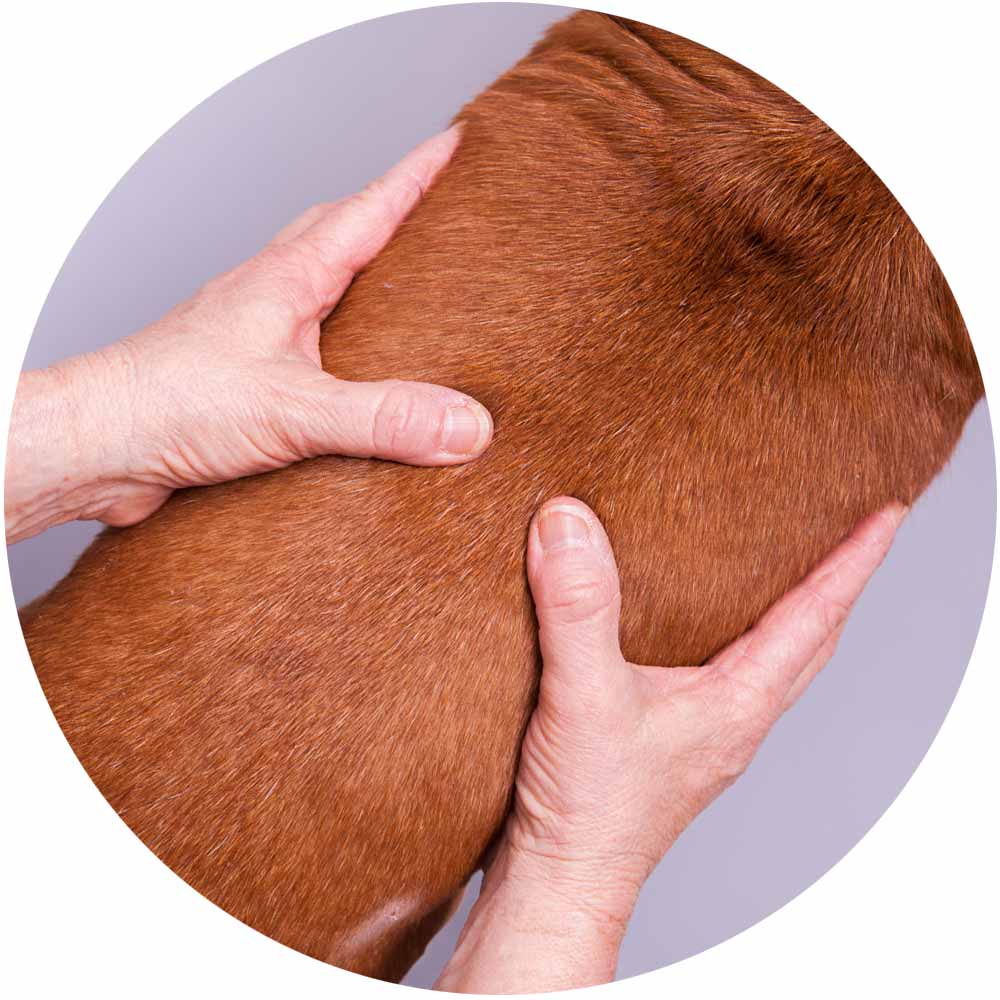Orthomanipulation
Very small, correctable misalignments of the pelvis, joints and spine can cause neurological and musculoskeletal complaints. The goal of orthomanipulation is to correct these misalignments, thereby allowing the spine and joints to regain a more optimal anatomical position, which enables the nervous system to recover and promotes relaxation of muscular spasms.
Reasons for an orthomanual consult:
- My dog has trouble getting up or my cat is stiff.
- My dog or cat cannot climb stairs and my dog cannot jump in the car.
- My dog or cat has been lame for a period of time, and rest and medicine have not helped.
- My dog or cat is partially paralyzed or trips over his/her feet.
- My dog or cat has had a hernia.
- My dog or cat is restless or anxious.
